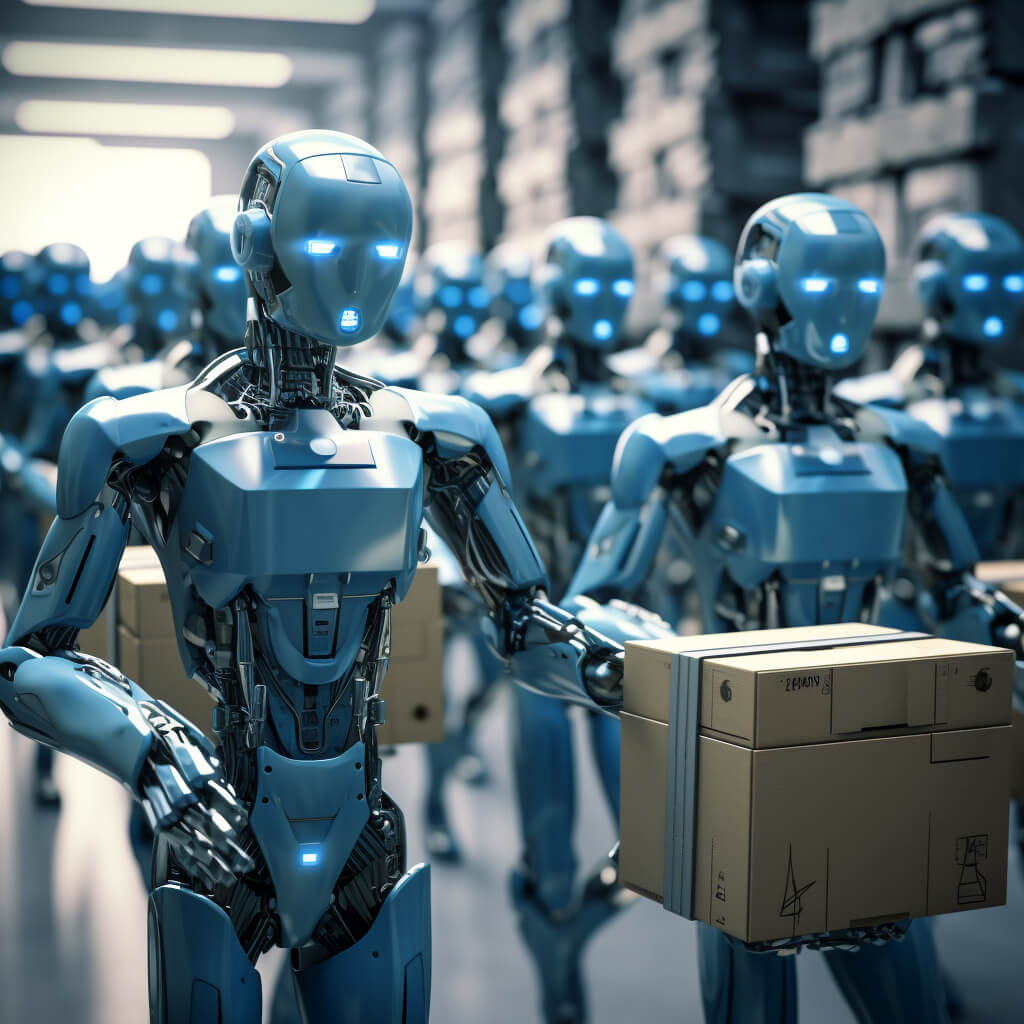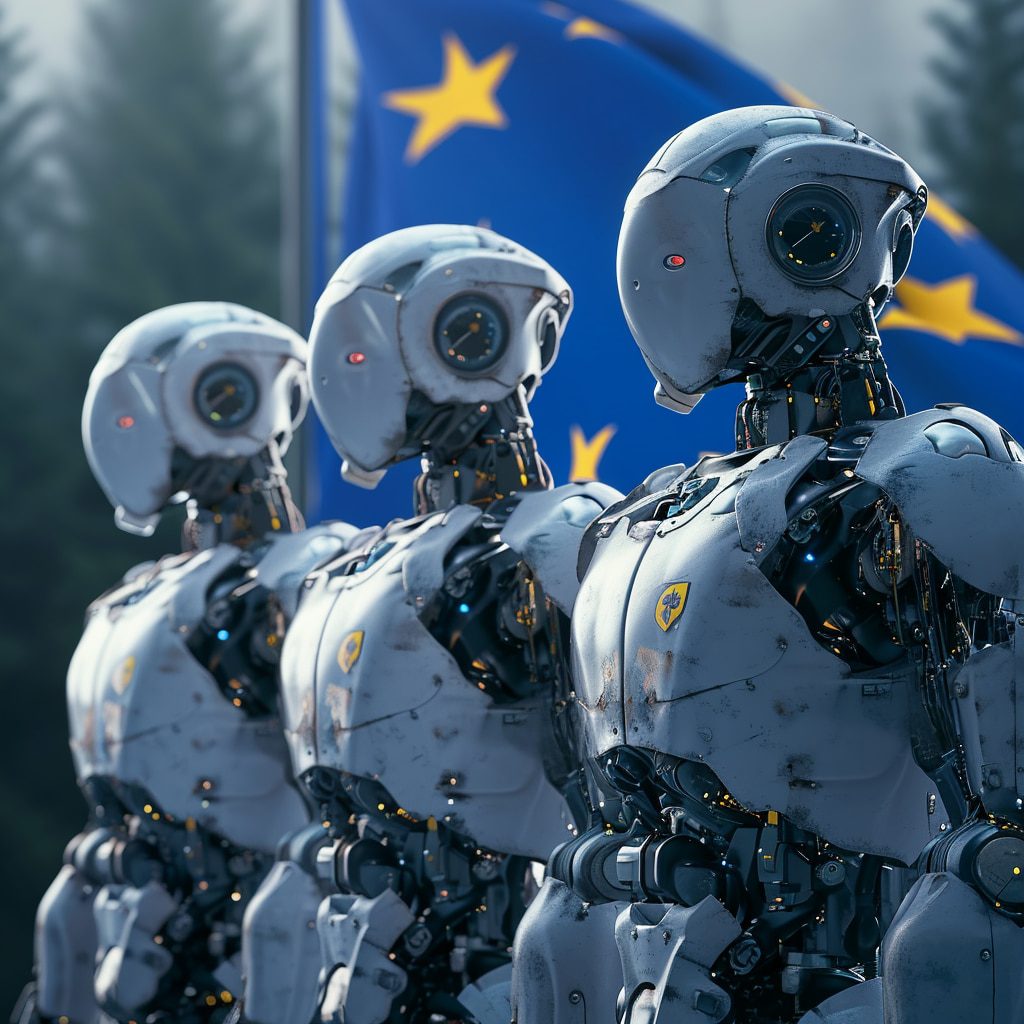The popularity of artificial intelligence over the past months has reignited talks and interest in Humanoid robots. The allure of humanoid machines is undeniable. However, there is a lot of debate about whether or not we really need them.
Humanoid machines are robots meant to resemble the human body in shape and movement. They are typically designed to interact with humans in a natural and intuitive way and are used for a variety of tasks, from manufacturing processes to providing healthcare support.
The Challenges with Humanoid Robots
At best, humanoid robots seem appealing, but some people believe that they are simply a novelty that will never be truly practical. Several companies have invested heavily in humanoid robots, but there has yet to be a viable prototype ready for market.
Elon Musk’s Telsa is one major player in the humanoid field. The electric car company has been working on developing a humanoid robot called Optimus through its robotics division. Optimus is envisioned as a versatile robot capable of performing a wide range of tasks, from manufacturing to household chores.
Last year, Musk unveiled Optimus during Tesla’s AI Day event. However, the live demonstration of the robot’s capabilities left many experts unimpressed. Optimus’s movements were slow and awkward, and the robot struggled to perform even simple tasks. The underwhelming performance led to criticism from some robotics experts, who questioned whether Optimus would ever be a viable commercial product.
At this point, it would seem like the development of humanoid robots can sometimes seem like a frivolous pursuit. However, many experts would argue that the pursuit is not entirely about creating a commercially successful product but rather about the knowledge and insights that can be gained along the way.
“Not only about their design and operation, but also about how people respond to them, and about the critical underlying technologies for mobility, dexterity, perception and intelligence,” said Marc Raibert, the co-founder of Boston Dynamics.
Boston Dynamics initially experimented with humanoids before carving out dog-like robots, which the company is now best known for. According to Raibert, the humanoid research helped inform the characteristics of their new robot.
“That led to development of a new robot that was not really a humanoid but had several characteristics of a humanoid,” Raibert said. “But the changes resulted in a new robot that could handle boxes faster, could work longer hours, and could operate in tight spaces, such as a truck. So humanoid research led to a useful non-humanoid robot.”
Will There Ever Be Humanoid Robots?
While there are several challenges that need to be overcome, it’s not impossible that humanoid robots could become part of human life. They may not come in the form of humanoid but human-centric robots, like Boston Dynamics’ dog-like robot.
“So in 10, 20 years, you’re going to see these robots everywhere. […] Forever more, human-centric robots like that are going to be part of human life. So that’s pretty exciting,” said Damion Shelton, co-founder and CEO of Agility Robotics.
These robots could help with repetitive tasks in factories, warehouses, etc., like picking up and moving empty items. Recently, Amazon announced plans to begin Agility’s human-centric robot called Digits for use in its warehouses. This highlights one possible application of the robots in the future.





